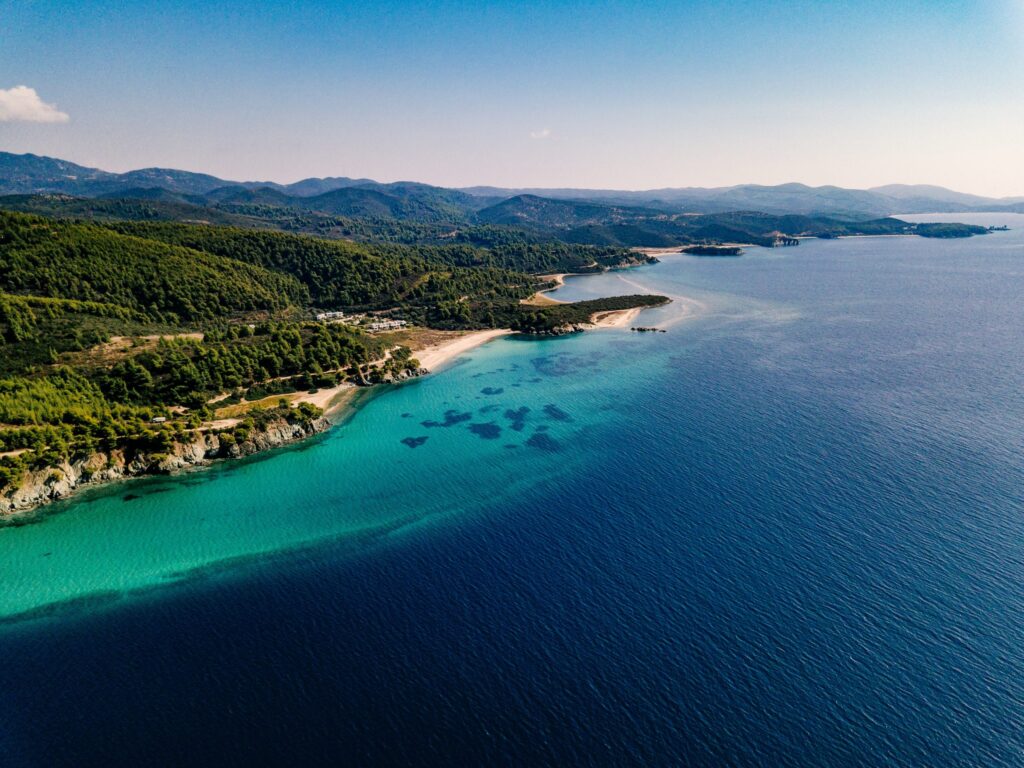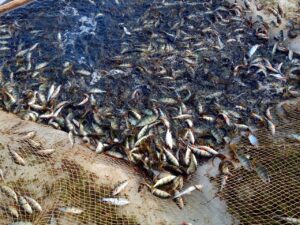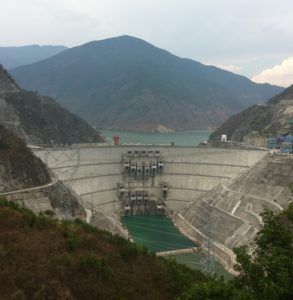Coastal and marine tourism, a key sector under threat
The health of the marine environment and the services its ecosystems provide are central to ocean and coastal tourism and underpin the blue economies of communities around the globe. Millions of tourists seek out coral reefs, crystal-clear waters, sandy beaches and colourful marine life in coastal countries and small island states each year. The blue tourism industry (distinguished by whether the activities happen on land or sea) comprises 5 percent of global gross domestic product (GDP) and almost 7 percent of global employment.1A.H. Bhuiyan, A. Darda, W. Habib and B. Hossain, “Marine Tourism for Sustainable Development in Cox’s Bazar, Bangladesh,” Asian Development Bank Institute Working Paper 1151 (2020). https://www.adb.org/publications/marine-tourism-sustainable-development-cox-bazar-bangladesh The economic impacts of these tourism dollars reach far beyond the shoreline. For instance, direct spending on coral reef activities (i.e. snorkelling and diving) has been estimated at US$19 billion per year; however, an additional $16 billion per year has been linked to ‘reef-adjacent’ tourism, including ‘the role of reefs in generating clear calm waters and beach sand, outstanding views, fresh seafood and even their widespread use in advertising.’2M. Spalding, L. Burke, S.A. Wood, J. Ashpole, J. Hutchison and P. Ermgassen, “Mapping the Global Value and Distribution of Coral Reef Tourism,” Marine Policy 82 (January 2017): 104–13, 10.1016/j.marpol.2017.05.014. These ocean based tourism industries are the starting point for business supply chains that, while generally concentrated locally, can reach around the world. In 2019, tourists in the Pacific Island countries (Oceania) had a total economic impact of $142 billion. The same year, the economic impact of marine tourism in the Caribbean, much smaller geographically, was $48 billion, making up 14 percent of the total Caribbean economy.3World Travel and Tourism Council, “Economic Impact Reports,” 2021, https://wttc.org/Research/Economic-Impact.
Yet the places in and along the shoreline that support such vibrant tourism economies are invariably threatened by the damaging effects of climate change. Rising ocean temperatures and acidity, increasingly severe storms and rising sea levels are all impacting marine based tourism. Yet the threats do not stop at the coastline. Unsustainable tourism, aging infrastructure and often people who provide support services can cause unintended threats along to coastal areas las well as in the surrounding communities; overcrowding from unplanned development, environmental degradation, pollution and polluted runoff all can pressure and harm marine resources and the places they support.4Bhuiyan et al., “Marine Tourism for Sustainable Development.” The strength and resilience of the blue economy is inextricably connected to the geographies, the people and the natural resources that surround it.
Read the full essay with The High Level Panel for a Sustainable Ocean Economy (Ocean Panel) here.
Notes
- 1A.H. Bhuiyan, A. Darda, W. Habib and B. Hossain, “Marine Tourism for Sustainable Development in Cox’s Bazar, Bangladesh,” Asian Development Bank Institute Working Paper 1151 (2020). https://www.adb.org/publications/marine-tourism-sustainable-development-cox-bazar-bangladesh
- 2M. Spalding, L. Burke, S.A. Wood, J. Ashpole, J. Hutchison and P. Ermgassen, “Mapping the Global Value and Distribution of Coral Reef Tourism,” Marine Policy 82 (January 2017): 104–13, 10.1016/j.marpol.2017.05.014.
- 3World Travel and Tourism Council, “Economic Impact Reports,” 2021, https://wttc.org/Research/Economic-Impact.
- 4Bhuiyan et al., “Marine Tourism for Sustainable Development.”




